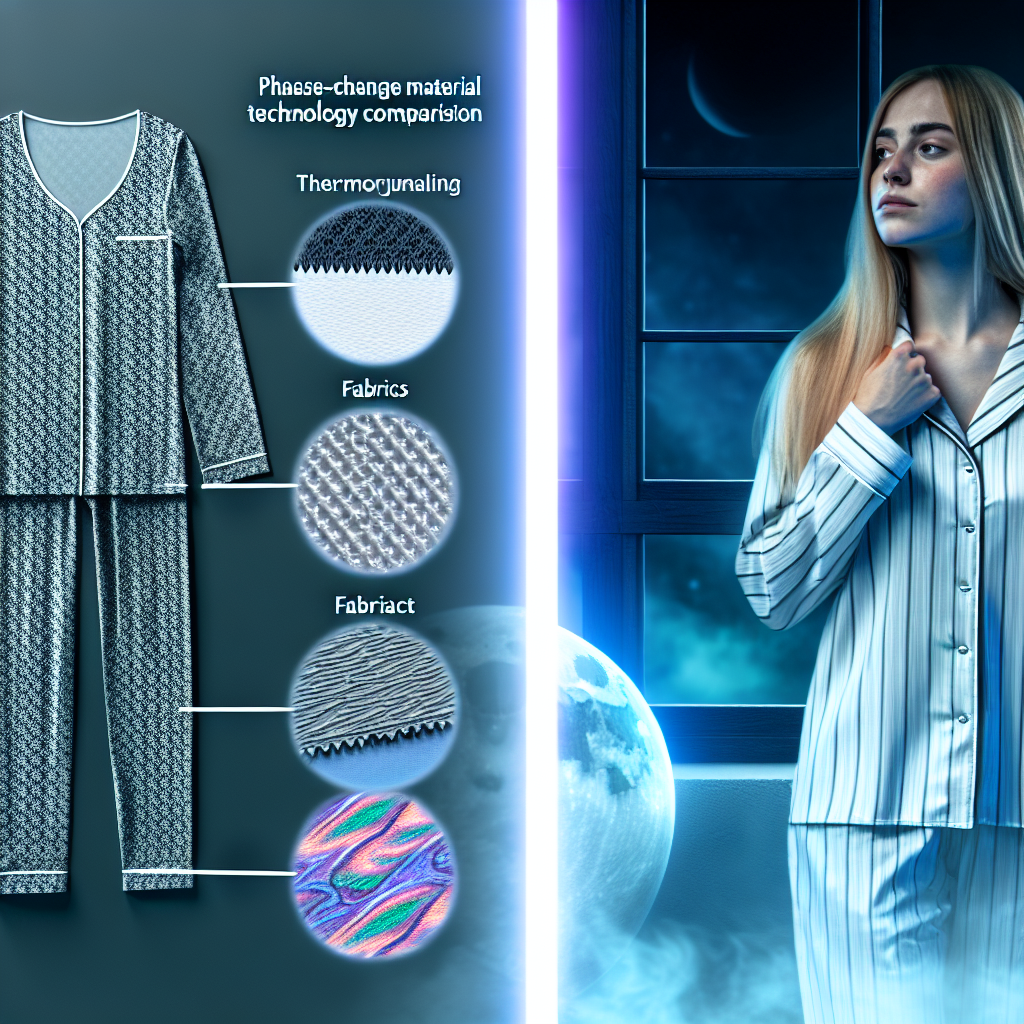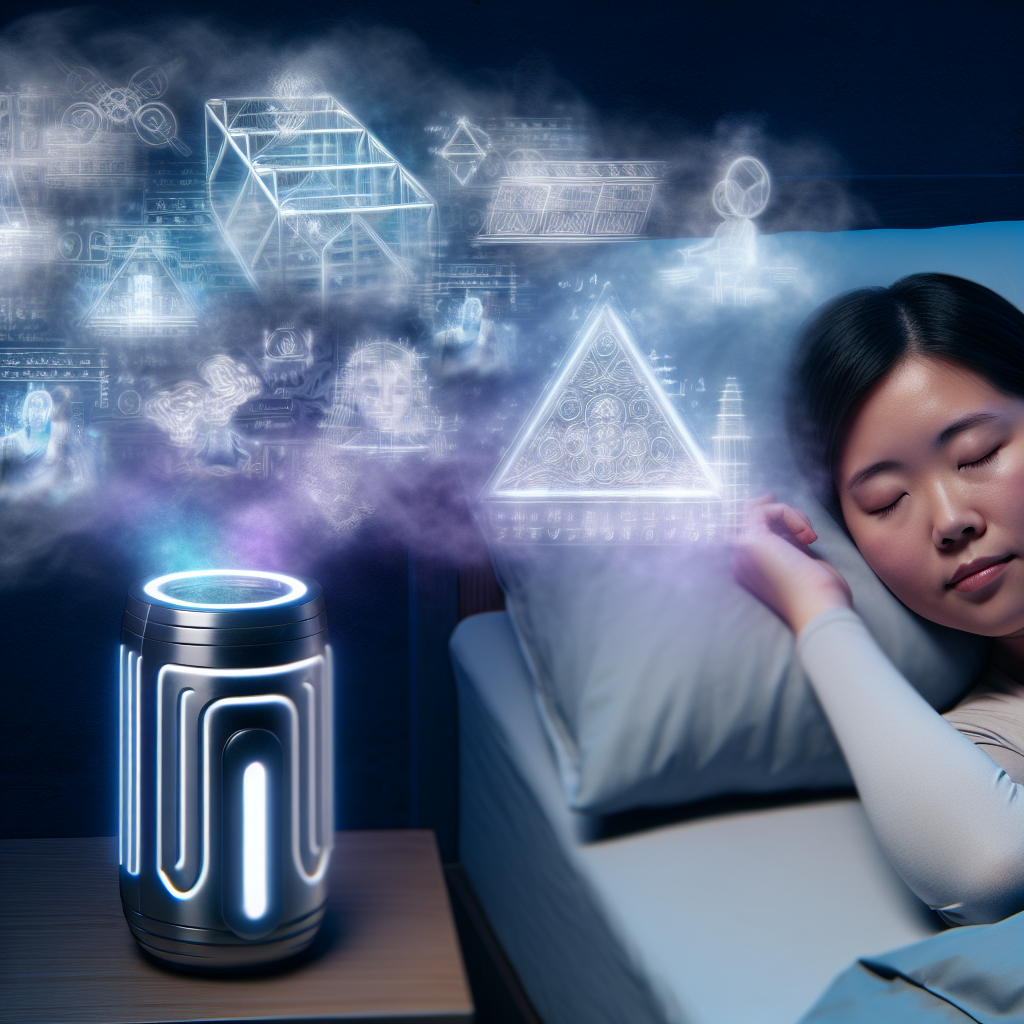Thermoregulating Pajamas: Phase-Change Material Technology Comparison
Understanding Thermoregulating Pajamas and Phase-Change Materials
Sleep plays a fundamental role in physical restoration, cognitive function, and emotional well-being. Despite its importance, many individuals face temperature-related challenges that disturb sleep continuity. Fluctuations in body and room temperature throughout the night are among the most common culprits of disrupted sleep. That’s where thermoregulating sleepwear, particularly pajamas embedded with phase-change material (PCM) technology, comes into play.
Thermoregulating pajamas are engineered to manage body temperature during sleep by responding dynamically to changes in skin temperature. Phase-change materials, derived from advanced textile science, are at the core of this innovation. PCMs work through a simple yet remarkable mechanism: they absorb, store, and release heat as they change from solid to liquid and vice versa. Acting much like thermal batteries, these materials provide a consistent skin temperature, enhancing thermal comfort.
During sleep, the human body naturally follows a circadian rhythm of temperature regulation, dropping by about 1 to 2 degrees Fahrenheit at night. However, modern bedding, room conditions, and personal medical conditions such as menopause, night sweats, or hyperhidrosis can disrupt this process. For such individuals, maintaining a stable microclimate becomes essential. Traditional sleepwear—primarily made from cotton or polyester—often falls short in this regard as they either insulate too much or not enough, leading to overheating or chills.
Innovative PCMs integrated into fabric blends adjust to the body’s needs. These pajamas have been gaining traction across all age groups—from children prone to restless nights to middle-aged adults experiencing hormonal changes, to elderly individuals who often struggle with temperature sensitivity. Besides enhancing sleep duration and quality, thermoregulating pajamas offer a non-invasive, drug-free solution that aligns with integrative wellness approaches.
The intersection of biomedical science, textile engineering, and sleep research has opened doors to consumer-centric sleepwear that genuinely affects how people rest. But all thermoregulating sleepwear is not created equal. Depending on the type and application of PCM used, effectiveness varies. In this article, we’ll explore the types of PCMs, compare different technologies, and review scientific findings to evaluate the real-world benefits of this sleepwear evolution.
Science-Backed Innovation: How Phase-Change Materials Work in Pajamas
Scientific breakthroughs in material science and thermoregulation have made it possible to integrate phase-change technology into everyday fabrics. PCMs used in sleepwear typically employ microencapsulation—a process in which paraffin or organic substances are encased in polymer shells that are then infused into textile fibers. This ensures durability, reusability, and even heat distribution. Let’s delve into the technical and medical backing that supports this innovation.
One of the most cited organizations contributing to PCM development in textiles is Outlast Technologies, originally developed for NASA. According to a report from Outlast, their PCMs regulate the microclimate between the skin and clothing, which helps extend REM sleep cycles by minimizing temperature fluctuations (Outlast Technologies Inc.). This technology enhanced sleep quality by maintaining skin temperature within an optimal thermal comfort band (approximately 91°F to 93°F), aiding consistent melatonin release.
A 2020 study published in the journal *Textile Research Journal* evaluated the thermal performance of PCM-treated fabrics and found that subjects wearing PCM-infused pajamas experienced fewer nighttime awakenings compared to control groups wearing traditional sleepwear (Kang et al., 2020). The study showed a direct link between reduced thermoregulatory effort and improved sleep efficiency (the percentage of time in bed actually spent sleeping).
Furthermore, findings in the *Journal of Advanced Materials Science* (2021) discussed organically modified phase-change textiles and their effectiveness in passive thermoregulation. Researchers emphasized the importance of using bio-based PCMs like palm oil-derived substances, which showed minimal skin irritation and impressive thermal responsiveness, making them safe for pediatric and geriatric users (Yazdi et al., 2021).
While much of the positive impact of thermoregulating pajamas is physiological, psychosomatic benefits also play a role. A 2018 publication by the Sleep Health Foundation observed that individuals using smart textiles reported an enhanced perception of sleep comfort, contributing to a lowered sleep onset latency—the amount of time it takes to fall asleep.
Comparing PCM Types: Which Technology Performs Best in Sleepwear?
Various types of PCMs are used in thermoregulating sleepwear, and they differ in melting points, energy storage capacity, and environmental safety. Common PCMs include:
– Paraffin-based PCMs: High latent heat reservoir; long-lasting phase transitions
– Salt hydrates: High thermal conductivity; more stable but can be corrosive
– Bio-based PCMs: Made from renewable resources; environmentally friendly and less toxic
– Eutectic mixtures: Highly tunable melting points but complex manufacturing process
It’s also important to mention the fabric blend combined with PCMs. Studies show that synthetic/polyester blends tend to hold phase-change microcapsules more efficiently but might lack breathability compared to cotton blends. Optimal designs often integrate PCMs into natural/synthetic hybrids for balanced moisture-wicking and temperature control.
For medical patients dealing with night sweats—such as those undergoing chemotherapy or experiencing perimenopausal symptoms—thermoregulating pajamas serve as an adjunctive measure. The National Sleep Foundation and Mayo Clinic suggest cooling technologies as effective non-pharmaceutical interventions to enhance nighttime comfort.
Conclusion: Sleep Smarter with Thermoregulating Pajamas
In an era where lifelong wellness is increasingly tied to sleep, thermoregulating pajamas using phase-change materials represent a promising advancement for all age groups. Whether you’re a child facing restless nights, a hormonal adult in midlife, or a senior dealing with temperature sensitivity, the promise of a cooler, more controlled sleep environment can bring life-changing benefits.
Not all PCMs are created equal, and key differences—such as melting point, fiber compatibility, and toxicity—play significant roles in sleepwear performance. The latest generation of sleep-enhancing garments demonstrates that smart textiles are more than a luxury; they’re a practical, scientifically supported method of improving quality of life through improved rest.
As ongoing studies continue to decode how body temperature impacts circadian rhythm and brain repair, the medical field is embracing these wearable wellness solutions. By investing in thermoregulating technologies powered by PCMs, users can move toward a future of better, smarter, and safer sleep.
Concise Summary:
Thermoregulating pajamas embedded with phase-change materials (PCMs) offer a science-backed solution to improve sleep quality by dynamically managing body temperature throughout the night. Depending on the type of PCM used, these innovative sleepwear designs can enhance thermal comfort, reduce nighttime awakenings, and provide non-invasive relief for medical conditions affecting temperature regulation.
References:
– Outlast Technologies Inc.
– Kang, J., et al. (2020). “Evaluation of Thermoregulating Pajamas Using PCM-Coated Fabrics.” *Textile Research Journal.*
– Yazdi, N., et al. (2021). “Bio-Based Phase Change Materials for Smart Textiles.” *Journal of Advanced Materials Science.*
– National Sleep Foundation – Temperature and Sleep
– Mayo Clinic – Non-Hormonal Options for Night Sweats

Dominic E. is a passionate filmmaker navigating the exciting intersection of art and science. By day, he delves into the complexities of the human body as a full-time medical writer, meticulously translating intricate medical concepts into accessible and engaging narratives. By night, he explores the boundless realm of cinematic storytelling, crafting narratives that evoke emotion and challenge perspectives.
Film Student and Full-time Medical Writer for ContentVendor.com




